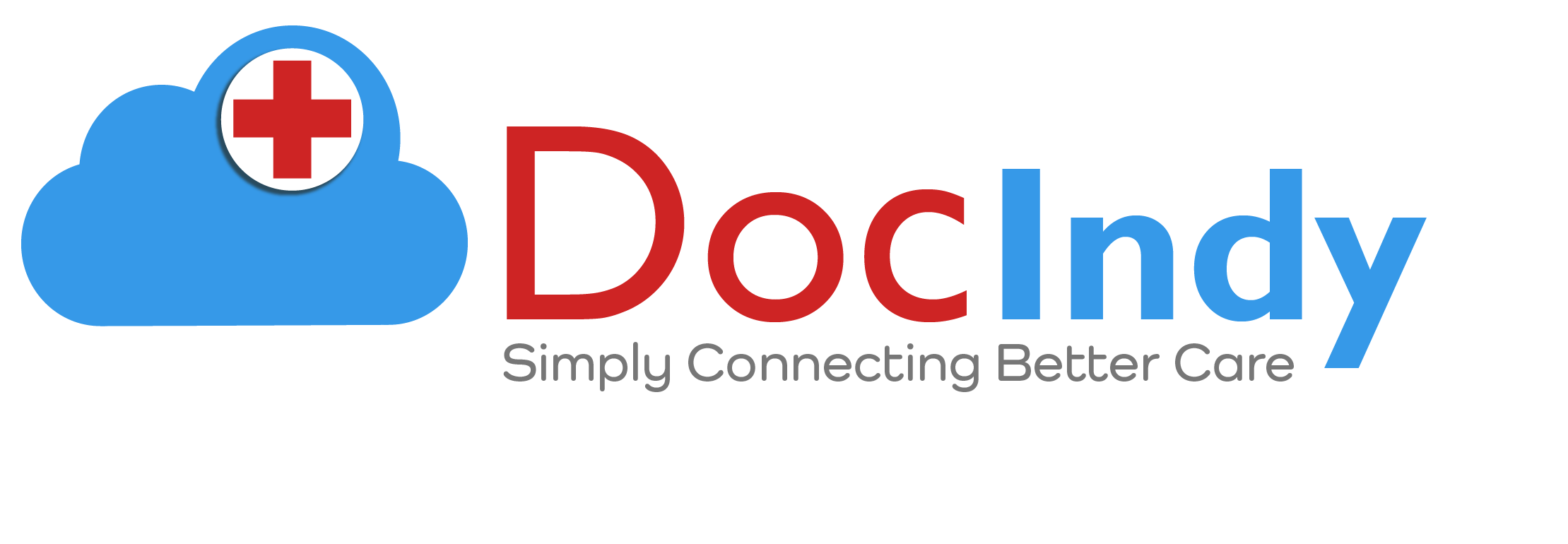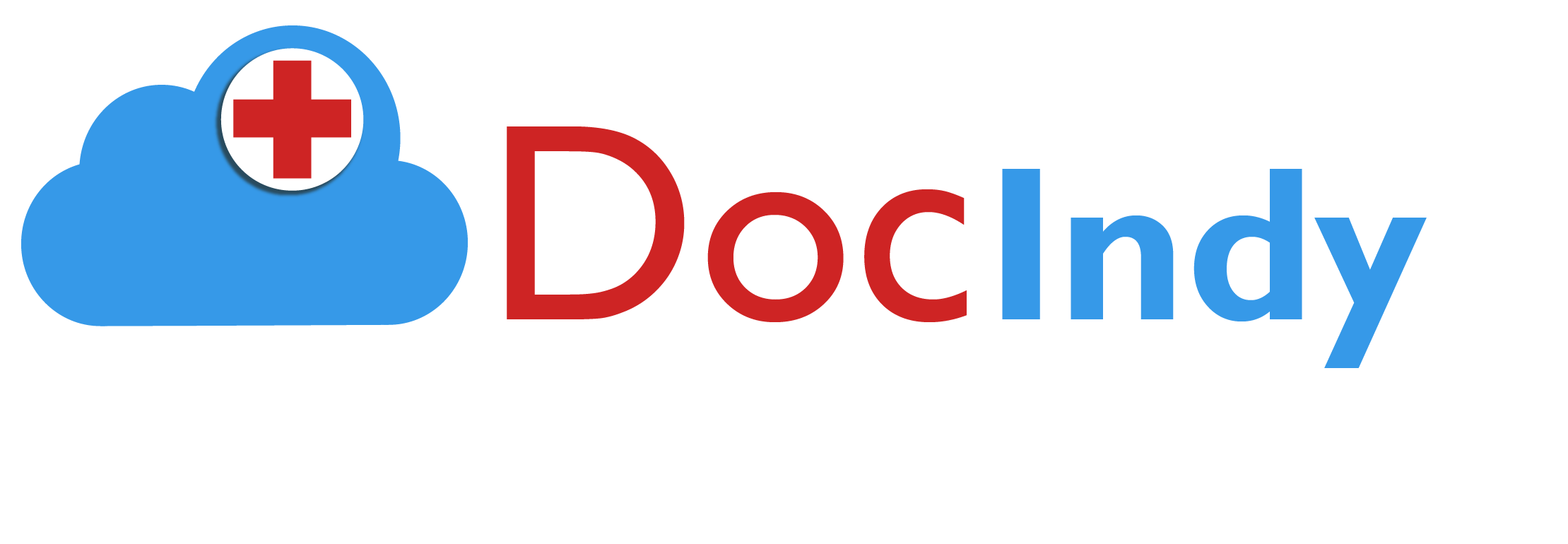Skip to content
Asthma Care Plan
Disease Process
- Surveillance
- Assess and verify that patient and patient's legal representative (if any) and/or HIPAA authorized representative received written notice/document of patient's rights and responsibilities in a language the patient understands at SOC visit or by the second visit.
- Assess respiratory status including lung sounds, respiratory rate, depth, rhythm, use of accessory muscles, cough and sputum, s/s of infection and level of dyspnea.
- Evaluate respiratory symptom log(s).
- Assess oral/nasal membranes for irritation from inhalers or inhaled medications.
- Assess (since the last visit or encounter) if patient experienced S/S outside target or goal range (via reported symptoms, symptom logs, telehealth), if changes in plan of care and for overall perception of how condition is being managed.
- Assess (since the last visit or encounter) if the patient used the ER, Hospital or unplanned physician office visit.
- Teaching, Guidance and Counseling
- Provide contact phone numbers and who to contact during evenings and weekends for symptoms/concerns.
- Provide teaching techniques and strategies that enhance and promote health literacy (improved knowledge and compliance with care requirements).
- Evaluate knowledge of S/S to report to RN/Therapist or Physician and those that need immediate medical attention. (Refer to Zone/Red Flag Plan). Use Teach Back Method to determine comprehension. Ask patient to repeat IN THEIR OWN WORDS.
- Instruct on use of respiratory symptom log.
- Instruct on S/S of an asthmatic episode and measures to take for relief - Asthma Action Plan, and to have Asthma Action Plan available at all times.
- Instruct on S/S of respiratory infection to report.
- Instruct on definition of disease process, potential causes and basic treatment or rehab goals.
- Instruct on S/S of hypoxemia (increased dyspnea, restlessness, confusion, agitation, pale or gray skin) and if present when to notify RN or physician.
- Evaluate compliance with Asthma Action Plan.
- Instruct on status asthmaticus emergency protocol.
- Instruct on self-monitoring measures and management related to respiratory distress (dyspnea levels with activity, signs/symptoms of lung infection or other respiratory changes, and if applicable, quick-relief inhaler use frequency, peak flow readings and/or pulse oximetry) and to call RN or physician if symptoms outside target occur.
- Instruct on difference between an asthmatic attack and status asthmaticus.
- Evaluate compliance with self-monitoring activities and appropriate follow-up for abnormal findings.
- Instruct on importance of telling others (family, friends, co-workers, caregivers, all healthcare professionals) about your asthma and your Asthma Action Plan.
- Evaluate ability to manage health status independently.
Test/Treatment
- Surveillance
- Evaluate effectiveness of respiratory treatments (other than oxygen).
- Evaluate Peak Flow diary.
- Treatment, Procedure
- Perform procedure to obtain lab specimens as ordered.
- Administer procedure/test/treatment as ordered.
- Perform/obtain PULSE OXimetry reading as ordered.
- Teaching, Guidance and Counseling
- Instruct on use of medications/treatments (other than oxygen) as ordered to improve respiratory symptoms.
- Instruct on respiratory equipment set-up, use and supplies as ordered.
- Instruct on purpose and use of peak flow meter.
- Provide several new Peak Flow diaries and obtain used diaries for patient record.
- Evaluate return demonstration of peak flow meter.
- Evaluate return demonstration of respiratory treatment administration as ordered, instruct as needed.
- Instruct on use of humidification to thin secretions.
- Instruct on and demonstrate adaptive breathing techniques to reduce respiratory distress or improve dyspnea.
- Evaluate return demonstration of adaptive breathing techniques to reduce respiratory distress or improve dyspnea.
- Instruct to increase peak flow readings if S/S of respiratory infections are present.
- Instruct on maintenance, cleaning, and care of respiratory equipment.
- Evaluate compliance with adaptive breathing techniques (pursed-lip, diaphragm, HUFF, etc.).
- Evaluate compliance with respiratory treatments.
- Evaluate compliance with care, cleaning, and maintenance of respiratory equipment.
Medications
- Surveillance
- Assess (ask to see all medication & supplements) whether correct medications/supplements are in home. Review with patient/caregiver and reconcile medications, identify medication issues, make corrections and emphasize changes in regimen. Leave up-to-date medication profile and schedule in the home.
- Evaluate inhaler administration technique.
- Assess for medication effectiveness/symptom control, side effects, compliance, other issues and for medication changes, review and update medication profile (reconcile medications) as needed.
- Teaching, Guidance and Counseling
- Instruct on purpose, action and side effects and how to monitor effectiveness of one or two medication/supplements and how and when to report medication problems.
- Instruct on strategies to improve medication self-administration (pill box / medi-planner / med pre-fill) and simplification plan to support a manageable system and compliance.
- Instruct on why it is important for current healthcare providers (including pharmacies) to have a complete list of medication/supplements; and why it is recommended to use one pharmacy.
- Instruct to avoid anti-anxiety medications that affect respiration.
- Instruct on use of steroids and tapering schedule, if appropriate.
- Instruct on importance of rinsing mouth after using corticosteroid inhalers to prevent mouth sores or secondary infections.
- Evaluate knowledge of the importance for a realistic plan for refilling medications before running out and evaluate if the patient/caregiver has a plan in place.
- Instruct not to take any over-the-counter medications or supplements without consulting physician.
- Instruct potential adverse cardiac effects of overuse (more than 5 or 6 times/day) or abuse of PRN (short acting) inhalers.
- Instruct on when to obtain refills and maintenance of inhaler.
- Evaluate and update medication profile with patient / caregiver and evaluate knowledge of actions, doses, side effects and times of medications to continue following discharge.
- Evaluate and ensure current list of medications is left in home before discharge from services.
Nut/Hyd/Elim
- Surveillance
- Assess nutritional/hydration status and dietary/fluid intake.
- Assess urinary function/status.
- Assess gastrointestinal (GI) status for nausea, vomiting, diarrhea, constipation, fecal impaction or incontinence.
- Teaching, Guidance and Counseling
- Instruct to drink 8 to 10 cups of fluid daily, unless restricted, to provide adequate hydration and to loosen secretions.
- Instruct on foods that may cause allergic reactions that may trigger an asthma attack.
- Instruct on appropriate food choices and provide rationale; provide sample menus; and assist with meal planning.
- Instruct to avoid gas-forming foods to prevent gastric distention, pressure on diaphragm and decreased lung expansion.
- Evaluate compliance with diet/fluid requirements.
- Evaluate compliance with avoidance of foods known to be asthma triggers for patient.
- Instruct on strategies to increase nutritional intake to maintain an adequate nutritional status.
Activity
- Surveillance
- Assess current activity and tolerance levels, ability to perform ADLs/IADLs, and level of assistance needed.
- Teaching, Guidance and Counseling
- Instruct on activities that may provoke an asthmatic episode.
- Instruct on body positioning (semi fowlers, high fowlers and leaning over bed table) to enhance upper airway availability.
- Instruct on importance of frequent rest periods, pacing activities and avoiding overexertion.
- Instruct on and demonstrate use of semi Fowlers or full Fowler's position to decrease dyspnea and orthopnea (improve breathing).
- Instruct to use inhaler before activity/exercise and perform activity when systemic bronchodilator is at optimal effect.
- Instruct on importance of controlled breathing during exercise/ambulation.
- Instruct on energy conservation techniques, importance of frequent rest periods and avoid overexertion.
- Evaluate compliance with activity schedule.
- Evaluate compliance with energy conservation techniques.
- Evaluate compliance with taking frequent rest periods, pacing activities and avoiding overexertion.
- Evaluate compliance with use of inhaler before activity and performing activity when systemic bronchodilator is at optimal effect.
- Instruct on importance of maintaining consistent exercise/activity schedule, give examples of exercises that are allowed.
Safety
- Surveillance
- Assess safety of home environment, for falls or injury and for other safety issues or precautions, and recommend modifications or instruct as appropriate.
- Assess for correct/safe equipment use including assistive devices used in transfer activities.
- Teaching, Guidance and Counseling
- Instruct on procedures to take in the event of a natural disaster (fire, hurricane, tornado, etc.), evacuation plan.
- Instruct on basic home safety precautions to prevent injuries/falls.
- Instruct on principles of Standard Precautions (proper handling/disposal of items coming in contact with body fluids).
- Instruct on environmental asthma triggers to avoid.
- Instruct to avoid use of powders and aerosol products to avoid bronchospasm.
- Evaluate compliance with Standard Precautions.
- Evaluate compliance with home safety precautions to prevent injuries/falls.
- Instruct on home modification to eliminate or reduce Asthma triggers, especially to bedroom.
- Instruct on importance of avoiding crowds, people with respiratory infections and other measures to prevent respiratory infection.
- Evaluate compliance with safe use, care, storage and disposal of equipment, supplies, medications.
- Evaluate compliance with avoidance of asthma triggers.
- Instruct on importance of medical-alert identification jewelry and procedure to obtain.
- Evaluate compliance with controlling and avoiding environmental risk factors and stressors that may precipitate exacerbation.
- Evaluate compliance with avoiding crowds, people with respiratory infections and other measures to prevent respiratory infection.
- Evaluate ability to maintain care/safety in home environment.
Psychosocial
- Surveillance
- Assess patient/caregiver psychosocial, emotional, coping, alertness and sleep status.
- Assess barriers to care (cultural, financial, cognitive, caregiver, environment, other), and identify plan to address barriers, and implement action plan and involve patient in action plan.
- Assess ability to purchase necessary medications, supplies, food, etc., needed for treatment.
- Assess family/social support systems in place and adequacy of support systems.
- Evaluate perception of progress toward addressing primary concerns and goals for care.
- Assess for stress or feelings of depression related to diagnosis.
- Teaching, Guidance and Counseling
- Instruct on and evaluate return demonstration of relaxation/breathing techniques.
- Instruct on emotional responses that may exacerbate symptoms of asthma: laughter, stress, anxiety.
- Instruct on importance of identifying and avoiding stressful situations.
- Instruct on use of positive coping strategies (i.e., writing down and/or talking about concerns, relaxation - music, favorite TV show, doing enjoyable activities, etc.).
Interteam/Community
- Care Management
- Instruct on, review plan of care including disciplines, visit frequencies, discharge plan and support involvement of patient/family in plan of care.
- Provide the patient/caregiver written care planning instructions, based on the signed Plan of Care, to keep in the home within 5 days of Initial Assessment.
- IF POST-INPATIENT, Instruct on importance of scheduling and attending physician follow-up appointment within 7 days of inpatient discharge.
- Identify barriers and assist in making and attending appointment(s) or provide phone numbers and time frames.
- Provide opportunity to practice and role play questions for PCP/ specialist in preparation for follow-up visits or next scheduled visit.
- Instruct on the importance of a Personal Health Record (PHR), its components, and the need to share with all healthcare providers.
- Evaluate need for and/or initiate case communication or documentation of communication.
- Assess for next physician appointment (Date).
- Evaluate plan of care including visit calendar with patient/caregiver and identify if changes are needed.
- Evaluate and update patient's Personal Health Record (PHR) with changes in medications, diet, activity, allergies, s/s to monitor, etc.
- Instruct on use American Lung Association for information and support services.
- Evaluate knowledge of and agreement with discharge plans.
- Instruct on how and why to reorder or obtain supplies, medications, equipment and lab tests.
- Instruct on importance of follow-up with physician/other services.
- Evaluate plan to access community/family support for long-term care needs, as appropriate.

